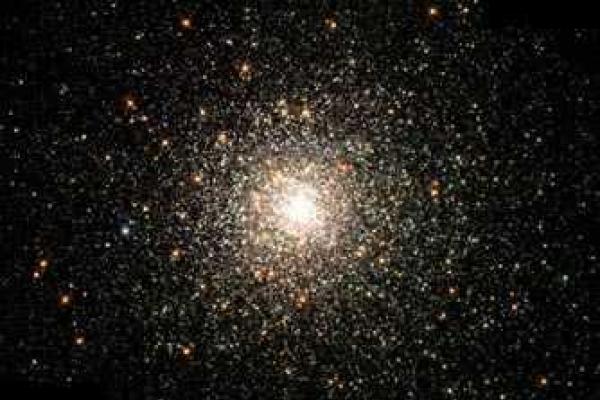
Dear all,
Please join us for the CCAPP seminar of Marta Reina-Campos (McMaster University -personal website).
The seminar will take place on zoom at 11:30am on Tuesday, October 19. The title and abstract of Marta's seminar are below, together with the zoom link and password. Sam (email: "benincasa.9@osu.edu") will be hosting Marta next week. To schedule a meeting, please use the following Google Doc:
https://docs.google.com/spreadsheets/d/1EnwuoaRcCdUSERNzImSOz_3szxRYse9lvjGQikmgM1o/edit?usp=sharingspecifying
your room or zoom link. Marta has highlighted slots she is busy in red and cannot do, any slots left grey are fair game. Marta will also be joining us at coffee the Tuesday of her talk and at Galaxies & ISM meeting.
Title: "Tracing the structure of DM haloes using GC populations: insights from the E-MOSAICSsimulations"
Link for the CCAPP Seminar on Tuesday:https://osu.zoom.us/j/96209154804?pwd=d1lWZnRueGVVa2tabUZTak4xSkpaQT09password: CCAPP-2021
Abstract: Stellar cluster populations in the Local Universe show a wide range in properties, suggesting that these objects form via a unique physical channel, and that their demographics are shaped by their formation and evolution in an evolving cosmic environment. This scenario links the current cluster formation sites in the disks of the the Antennae galaxies to the old GC population that mostly populates the halo of the Milky Way, implying that their evolution is tightly coupled to that of their host galaxy. To understand the observed cluster populations, it has become necessary the use of numerical simulations that can model the co-formation and evolution of stellar clusters alongside their galactic environments over a Hubble time, as it has been achieved in the E-MOSAICS project(Pfeffer+2018, Kruijssen+2019, Crain+ in prep.). In this talk, I will use simulated cluster populations from a (34.4cMpc)^3 periodic volume to explore the radial distributions of massive stellar clusters in a variety of galactic environments, and I will also discuss how number surface density profiles of massive clusters trace the structure of the DM halo of their host galaxies (Reina-Campos+ subm.). I will show recent results that suggest that number count studies of GCs closely follow the shape of DM haloes, possibly providing a novel method to constrain the nature of DM. Lastly, I will summarize by discussing how these numerical predictions can be tested using future data from the LSST survey
